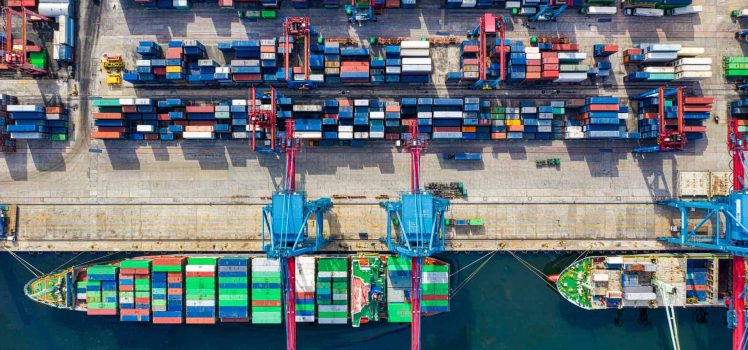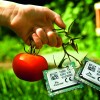COVID-19 and global supply chains

It’s no secret that the COVID-19 pandemic has not only had a major impact on our personal lives but also brings huge challenges to many businesses around the globe. “There’s no doubt that the pandemic has tested the ingenuity, resilience and flexibility of supply chain leaders globally, as they have sought to maintain essential operations.”1
No supply chain, no product to sell, no business?
When the first lockdown hit, many companies stepped on a brake in ordering materials and components because everybody was uncertain as to how things would develop. Businesses didn’t place new orders, some even cancelled previous ones. As a result, the demand cycle crashed for the most, not because the actual end-market demand was lower than pre COVID but because of the uncertainty as to what damage all the lockdowns would cause and how bad the economy would be as a result. Some markets saw an uptake in their business. Netflix and on-line shopping soared.
During these uncertain times, factory workers were sent home and there was little to no chance of getting them back to work safely. So they needed to stay at home and that’s when the entire production apparatus came to a halt. Many companies, EnOcean included, still wanted to buy components in order to keep the production up and running. However, we couldn’t ramp up to our full extent because the supply chains simply broke down.
Once society was able to deal with lockdowns and the government started to support companies financially, we and most other companies noticed that the end-market demand for materials and components was in fact still there. Over the summer periods, when lockdowns loosened, there was strong uptake for new products and people were eager to get back into business. Since then, factory owners reacted by building houses right next to the factory for their workers in order to provide a safe working environment without long-distance travelling. But even now, the production machine is not entirely up to the speed where it needs to be, and we expect it to take another six to eight months before it is in a decent shape again.
The interesting and important question is: What may happen in the future? The expectation is that companies worldwide are currently so low on stock, that they are trying to order everything they can get, even more than they actually need, just to make sure they do not fall into stock shortage again. When material and components are available again, however, companies may be overstocked. It’s going to be an interesting development, for sure.
Being prepared
As a company, we obviously are doing everything we can to limit the effects for our customers: we already ordered lots of parts in advance one year ago, trying to avoid being low in stock. Additionally, we invested heavily in new stock in March and April this year. However, we are still affected by the supply chain disruption but luckily not as bad as other companies in our industry.
One effect of these shortages is that prices are increasing quickly, a challenge that we are facing on a daily basis. We have informed our customers of the price increases but at the same time we’re working on trying to keep them as low as possible.
Obviously, there is only so much that we can do as a single company to keep the effects of supply chain disruptions as low as possible for us and our customers but we’re doing our best. However, as an EnOcean eco-system we can most certainly help to minimize the impact by reducing our communication lines about demand and supply, to share the risks of stock and price increases, and about future capacity. At EnOcean we have invested in increasing the capacity of our production lines so that when the supply chain starts to loosen up, we can meet the market demand as quickly as possible.
Source:
1: https://www.accenture.com/us-en/insights/consulting/coronavirus-supply-chain-disruption




